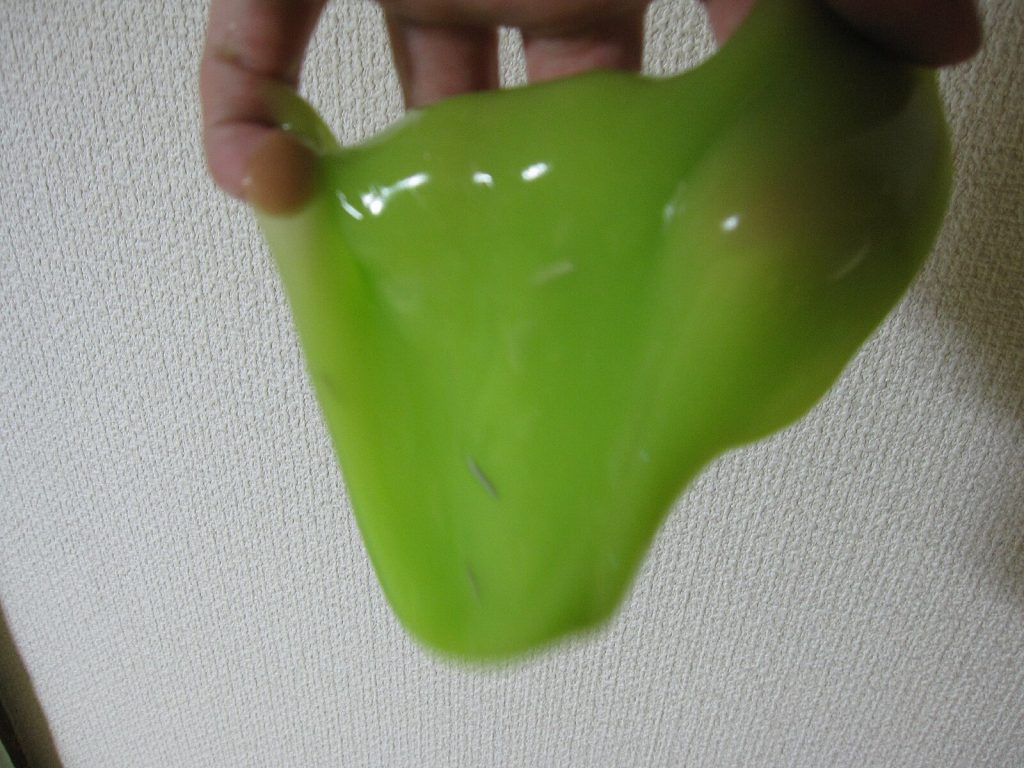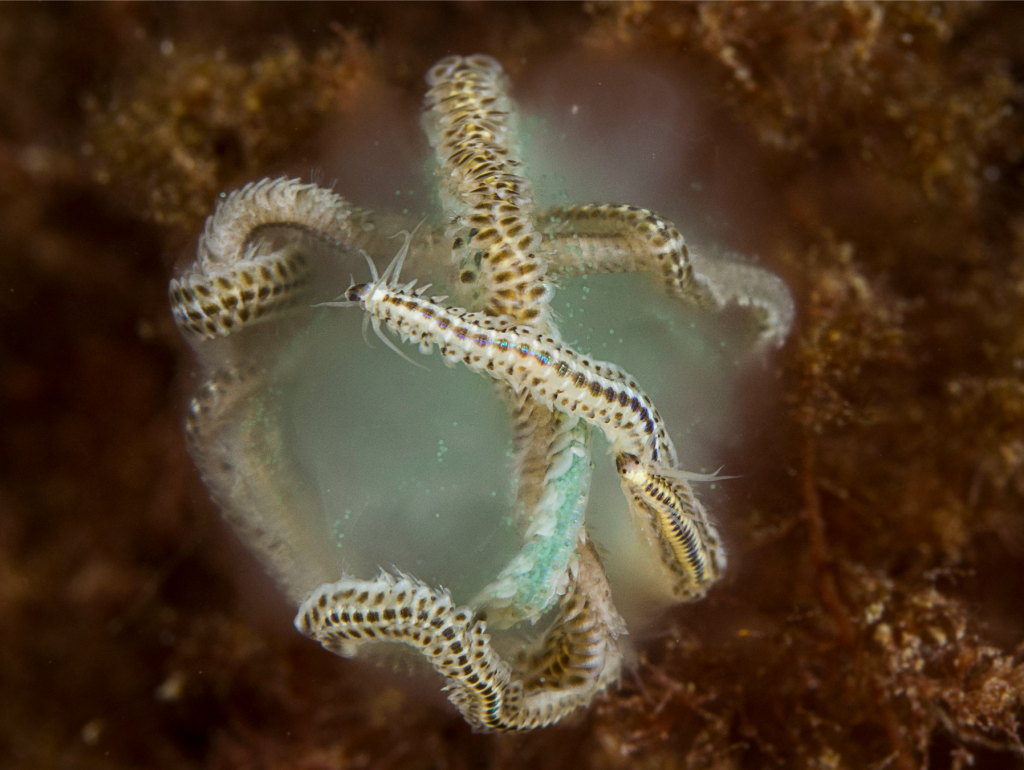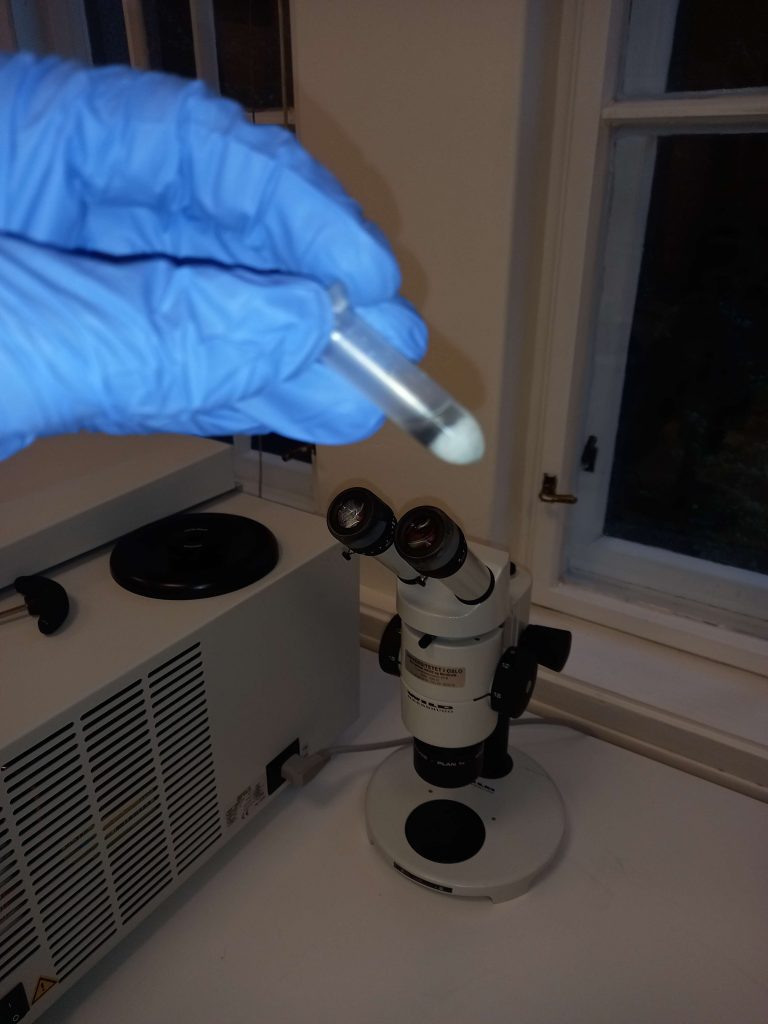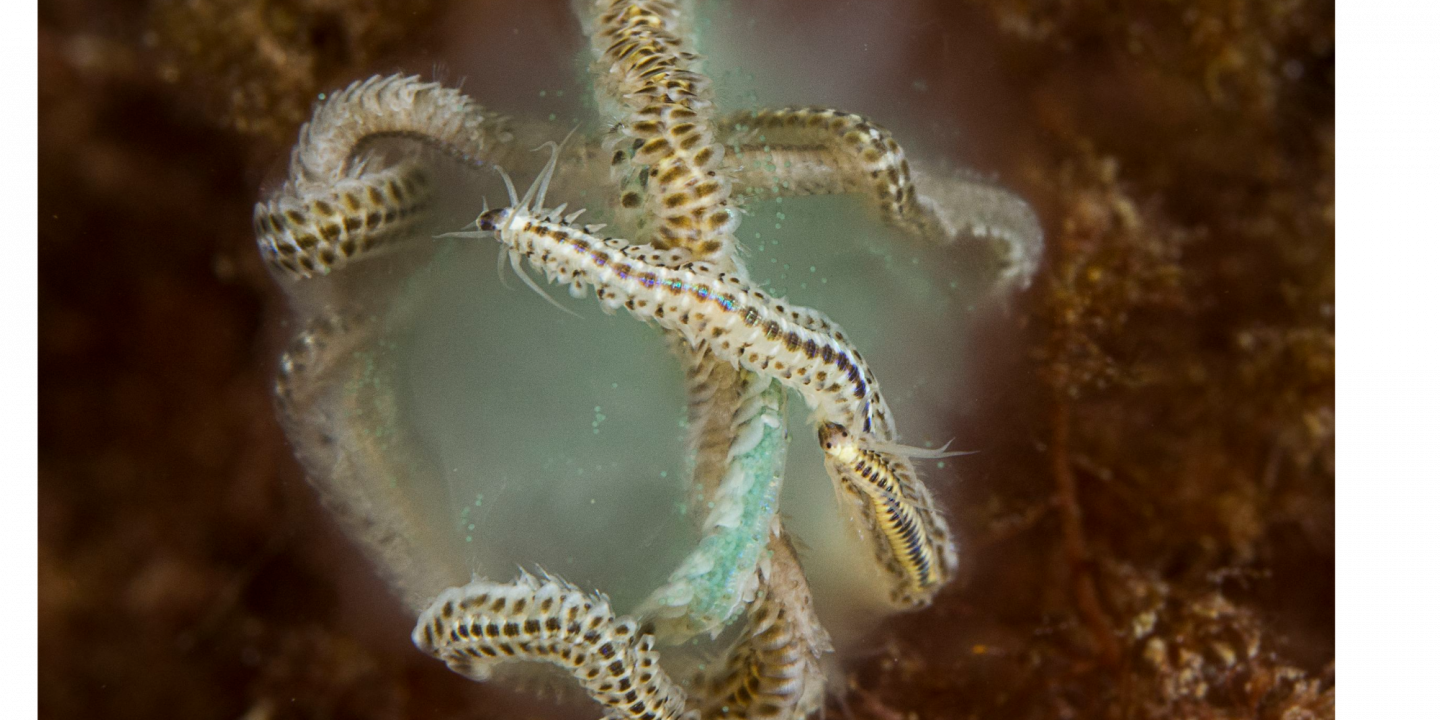December is a time to reflect on the year that has passed, both the happy and sad, the success and the failures. But it’s also a time to look forward to the year ahead, new possibilities and opportunities. For me, this is especially important, as next time December rolls around, my postdoctoral position here at the University of Oslo will have ended. The life of a roving postdoctoral scientist often means moving between universities (and sometimes countries), gaining new skills and meeting new researchers. It feels like only yesterday that I touched down in Oslo in a coat that was definitely not heavy enough to deal with the temperatures outside the airport!
One of the tasks I was employed to do in Oslo was to work on new computational methodologies, and that has been a focus of a lot of my blog posts. Over the last few months, I’ve spent many days in the lab, so I thought I should talk about this in my final ‘blog of the advent calendar.
Because I don’t talk nearly as much about slime.
And this year’s big problem has been slime.

I often casually talk about the Lophotrochozoa as “the slimy invertebrates”: molluscs, segmented worms, and a number of other, smaller phylums. If you’ve ever handled a slug or a snail, you probably have some idea about what I’m talking about. That slime is made up of a mix of proteins, fats, sugars and enzymes. It has some antibiotic properties, helping the worm stay safe if they cut or abrade their soft, squidgy body. It also helps keep the world around them moist, which is particularly useful for the lophotrochozoans that live on land. Each group of these slimy creatures have a unique composition to their slime, optimised to their habitat and lifestyle. For some, the slime is heavier and stickier, and they use it to bind bits of sand and rock to themselves to create tubes to live in. For others, the slime is very thin and viscous, to act a lubricant to reduce friction and help them quickly navigate the world.

When we collect samples in the field, we first freeze them with liquid nitrogen and then keep them as cold as possible using frozen Carbon Dioxide (Dry Ice – the stuff used in smoke machines) before transferring them to our special -80C freezer in the museum. We try and preserve them in a way that keeps them as dry as possible, as freezing a sample in too much saltwater can cause problems with our DNA extraction techniques.
And if saltwater can cause problems, you bet slime can too.
With larger animals, this isn’t a problem – you can take a tissue sample from the animal with a scalpel, and you don’t have to deal with all the gunk surrounding them. But our samples are worms somewhere between 1cm and less than 1mm. We can only use the whole thing, which means we need to break down the slime chemically to get to the animal inside. If we don’t, then when we release the DNA from the animal by digesting the tissue, the DNA will bind to the slime, rather than being easy to extract. Just like how your hand might get stuck to a sticky surface with glue, once it’s bound, we just can’t get the DNA out of the slime.
The second big problem is that, because so much of genomics research is focused on larger animals, there aren’t many ways to get around it. None of the big DNA extraction kits from the big companies offer much in the way of assistance, and all of our different samples have different proportions of sugar, protein and fat in their slimes, so that means they might need different ways of breaking it down and getting around it.

The picture above is from one of my first extractions of a particularly slimy species. Normally, the white stuff is DNA, and I get happy when I see lots of it. But I took a photo because I had never seen quite that much before. And let me clarify:
Dear reader, the white clump in my test tube that day was decidedly not DNA.
So began “The Quest to Defeat Slime”. Thankfully, as a child of the 1990s who loved Japanese video games, I spent many long hours in my room defeating Slime monsters in Dragon Quest, which is the perfect experience for such a difficult role.
My solution has been to speak to botanists. Sap and slime aren’t a million miles away from one another, and there are a raft of different chemicals that plant biologists use to break down sticky saps, which it turns out have some applications to my worms! I’ve been trying lots of different combinations of those chemicals with different animal DNA extraction methods. We might need different amounts in different combinations, and that can vary between our different study species too! Last month, we managed to get useful amounts of DNA out of some of our difficult study species. We’ll find out whether the sequencing was successful in the new year. And that’s the thing I’m looking forward to most in 2024!
![]()
